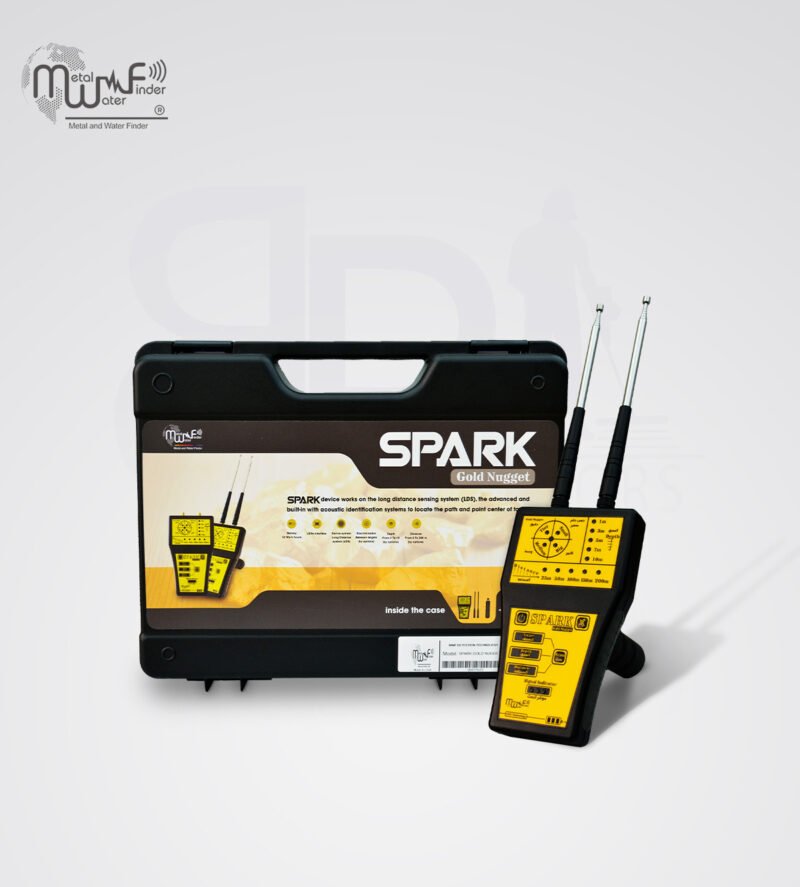For centuries, humans have been captivated by the mystery of what lies beneath the ground. From hidden treasures to natural resources, the search for what cannot be seen has fueled innovation in detection technology. One of the more advanced tools in this space is the long range locator, a device designed to detect targets like gold, silver, gemstones, and sometimes underground water from significant distances. Unlike standard metal detectors that require close contact with the search area, long range locators are engineered to scan vast areas quickly, saving prospectors and researchers considerable time and effort.
But what exactly is a long range locator, how does it work, and who typically relies on such technology? Let’s explore the features, applications, and real-world uses of this intriguing tool.
How Does a Long Range Locator Work?
At its core, a long range locator operates by transmitting and receiving signals to identify specific types of materials. While traditional detectors require the user to sweep coils close to the ground, long range systems can detect targets from a distance, often spanning several hundred meters or more. This makes them particularly useful for prospectors working in wide-open areas where ground coverage is a challenge.
When choosing a reliable device, it’s important to focus on precision, accuracy, and ease of use. Modern versions of the long range locator are equipped with advanced filtering systems to minimize false signals caused by mineralized soils or environmental noise. This technology gives users more confidence in the signals they follow, reducing wasted effort and maximizing efficiency in the field.
Spark Gold Nuggets and Its Role in Prospecting
Among the specialized devices available, the Spark Gold Nuggets is a noteworthy option for prospectors targeting natural gold deposits. Designed to focus specifically on gold nuggets and smaller particles, it combines the efficiency of long-range detection with targeted accuracy. This makes it ideal for prospectors who want to cover wide areas quickly but still require a detector capable of identifying small, valuable finds.
The Spark Gold Nuggets is also user-friendly, making it accessible not just to seasoned professionals but also to hobbyists who are entering the world of gold prospecting. With its intuitive design, portability, and refined targeting capabilities, it bridges the gap between advanced technology and practical fieldwork. For prospectors working in challenging terrains, this kind of balance is what transforms theory into real results.
Applications Beyond Treasure Hunting
While long range locators are commonly associated with gold hunters and treasure seekers, their applications extend into several other fields. Archaeologists, for instance, use locators to identify potential excavation sites without disturbing large areas unnecessarily. Similarly, researchers studying ancient settlements can benefit from tools that help map underground structures before beginning costly or invasive digs.
In some regions, these locators are also used for water exploration. Specialized models can identify underground water sources, which is invaluable in arid environments where every drop counts. Farmers, researchers, and even government agencies may turn to long range technology when traditional methods are too costly or unreliable.
Who Typically Uses Long Range Locators?
The user base for long range locators is surprisingly diverse. Prospectors and treasure hunters remain the most visible group, as these tools are highly effective for locating natural gold deposits and buried artifacts. For them, the promise of efficiency and accuracy is what makes such equipment an essential part of their toolkit.
However, academics, geologists, and environmental scientists also employ long range locators for research purposes. From mapping underground resources to studying soil composition and mineral distribution, these devices have proven valuable in both commercial and educational contexts. Even small-scale hobbyists can find them useful, particularly when looking for natural gold or testing known areas for hidden deposits.
The Advantages of Long Range Locators
What sets long range locators apart from other detection methods is the ability to cover vast areas quickly. In prospecting, this can mean the difference between weeks of unproductive searching and a single day that uncovers valuable targets. Portability is another advantage—most locators are designed to be lightweight and easy to carry, even across rough terrain.
Many modern models also include customization features, allowing users to adjust settings based on the type of material they are searching for. Combined with advanced signal processing and filtering, this makes them far more efficient than early detection tools, which often produced inconsistent results.
Addressing Common Misconceptions
Like many advanced tools, long range locators are sometimes met with skepticism. Some users expect them to provide pinpoint accuracy instantly, without considering the influence of terrain, soil conditions, and user experience. It’s important to recognize that while long range locators can cover wide areas, they still require skill, patience, and proper interpretation of signals.
Professional training or practice is often recommended for new users, as this ensures they understand how to distinguish between real signals and false positives. In the hands of a knowledgeable user, a long range locator becomes a highly effective tool rather than a source of frustration.
The Future of Long Range Detection
With continuous improvements in sensor technology, digital mapping, and signal processing, the future of long range locators looks promising. Devices are becoming more precise, easier to use, and better suited for multiple applications. Integration with GPS and digital displays is also making it easier for users to track and log their search data, creating opportunities for more efficient exploration and documentation.
As demand for natural resources continues to rise, long range detection technology is likely to expand into even more industries. Whether for gold prospecting, archaeology, or environmental studies, these tools are evolving to meet the growing need for reliable, non-invasive exploration.
Conclusion
A long range locator is far more than a prospector’s gadget—it is a sophisticated tool that brings together science, technology, and exploration. From identifying gold nuggets in wide-open fields to supporting archaeological research and water detection, its versatility makes it valuable to a wide range of users.
Devices like the Spark Gold Nuggets highlight how specialized locators can combine range with accuracy, offering practical solutions to those searching for natural gold deposits. With proper use and realistic expectations, these tools can transform the way we explore what lies beneath the surface.




